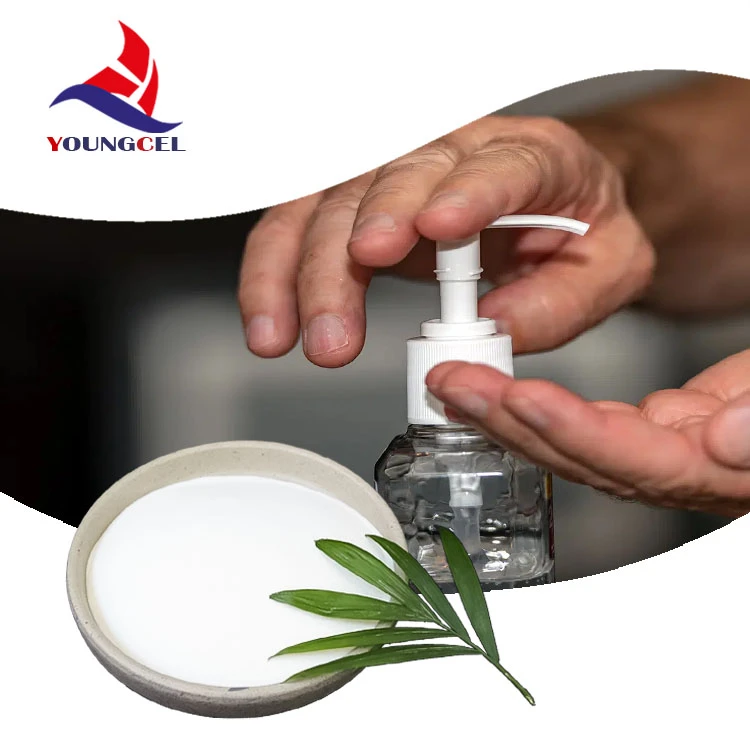Understanding Hydroxypropyl Methylcellulose (HPMC) Applications and Importance
Hydroxypropyl Methylcellulose (HPMC) is a versatile, non-ionic cellulose ether derived from natural cellulose through a series of chemical processes. It has gained significant attention across various industries due to its unique properties, including rheological behavior, thermal stability, and film-forming capability. These attributes make HPMC indispensable in pharmaceuticals, food, construction, and personal care products.
Chemical Properties and Formation
HPMC is formed by substituting hydroxyl groups of cellulose with hydroxypropyl and methyl groups. This modification enhances its solubility in cold water, a characteristic that distinguishes HPMC from other cellulose derivatives. The degree of substitution, i.e., the ratio of hydroxypropyl to methyl groups, affects its viscosity, solubility, and gel-forming properties, making it highly customizable for specific applications.
Pharmaceutical Applications
In the pharmaceutical sector, HPMC serves multiple functions. It is widely used as a binder, film-coating agent, and thickener in tablet formulations. The ability of HPMC to create controlled-release profiles makes it particularly valuable in developing oral drug delivery systems. For example, the polymer's viscosity can be adjusted to control the rate at which active ingredients are released into the body, improving therapeutic outcomes and patient compliance.
Additionally, HPMC is used in ophthalmic solutions, where it acts as a lubricant to relieve dryness and irritation in the eyes. Its biocompatible nature ensures that it does not provoke adverse reactions, making it safe for sensitive applications.
Food Industry Utilization
In the food industry, HPMC is commonly employed as a thickening agent, emulsifier, and stabilizer. Its ability to improve the texture and mouthfeel of various products, such as sauces, dressings, and baked goods, is well-recognized. By enhancing the viscosity of food formulations, HPMC provides a desirable consistency while also serving as a fat replacer in low-fat products.
hydroxypropyl methylcellulose hpmc

Moreover, HPMC is approved as a food additive (E464) in many countries, allowing manufacturers to utilize it in a wide range of applications without significant regulatory hurdles. This approval further emphasizes the significance of HPMC in developing healthier food alternatives.
Construction Industry Applications
HPMC plays a critical role in the construction industry, especially in the formulation of cement-based products. As a water-retaining agent, it ensures that mortar and concrete maintain workability during application and enhance adhesion to surfaces. The inclusion of HPMC in stuccos, adhesives, and tile grouts improves their performance characteristics, such as water retention, flexibility, and resistance to cracking.
The ability of HPMC to function in both dry-mix and wet-mix systems makes it a preferred choice among construction material manufacturers. Its integration leads to improved product quality and durability while also simplifying application processes.
Personal Care and Cosmetic Products
In personal care, HPMC is utilized in various cosmetic formulations, including lotions, creams, and gels. Its thickening and stabilizing properties help create aesthetically pleasing products that maintain consistency and improve the sensory experience for users. HPMC also functions as a film-forming agent, which is essential in hair styling products, allowing for better hold and manageability.
Furthermore, due to its non-toxic and hypoallergenic nature, HPMC is suitable for sensitive skin formulations, enhancing safety for a broader range of consumers.
Conclusion
In summary, Hydroxypropyl Methylcellulose (HPMC) is a multifunctional polymer with diverse applications across multiple industries. Its unique properties not only enhance product performance but also contribute to the development of innovations in pharmaceuticals, food, construction, and personal care. As research continues to explore the potential of HPMC, its role is likely to expand, further cementing its place as an essential ingredient in modern formulations. Whether it's creating a controlled-release medication or a creamy salad dressing, HPMC proves to be an asset that promises to improve product quality and consumer satisfaction.
-
The Application and Significance of Construction RdpNewsMay.19,2025
-
Industrial Grade HpmcNewsMay.19,2025
-
Building Coating Adhesive Building Coating Adhesive HpmcNewsMay.19,2025
-
Application Of Hpmc For Detergent For Detergent In DetergentsNewsMay.19,2025
-
Application Of Hpmc Cellulose In Cement-Based MaterialsNewsMay.19,2025
-
Application Of High Quality Hpmc For Construction In The Field Of ConstructionNewsMay.19,2025




